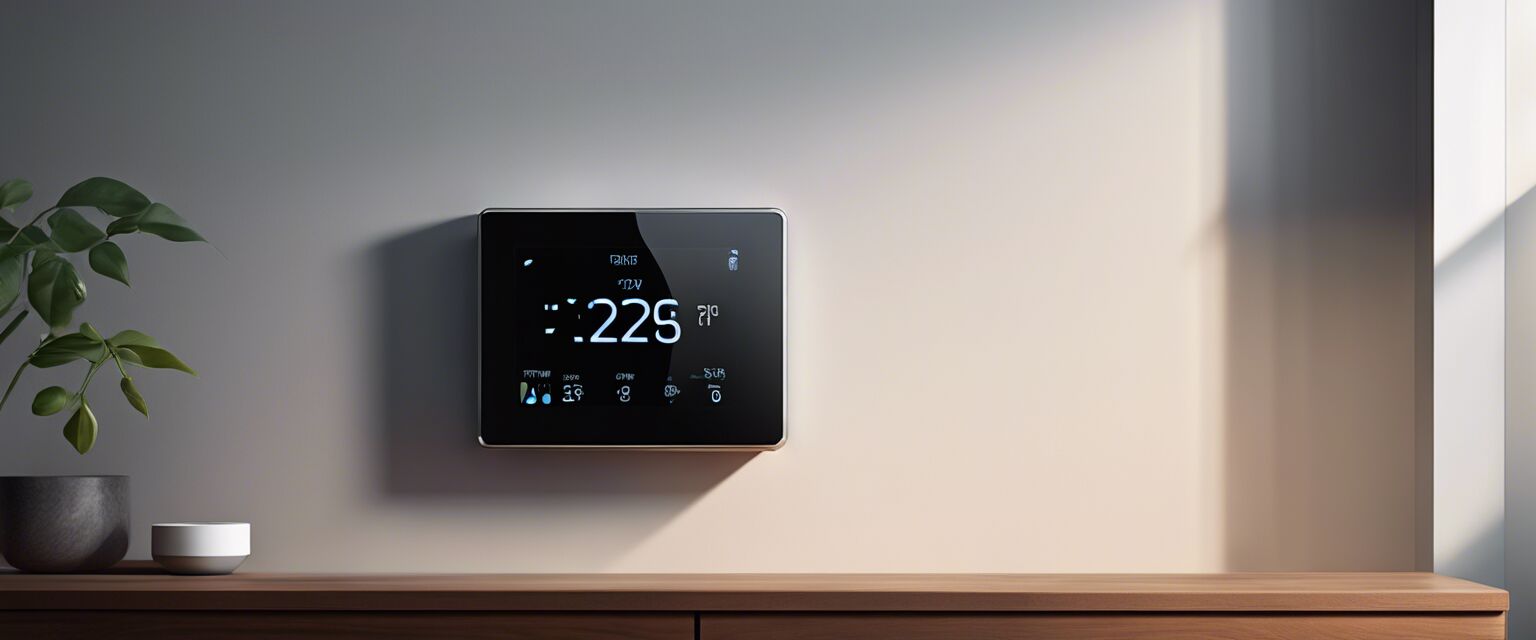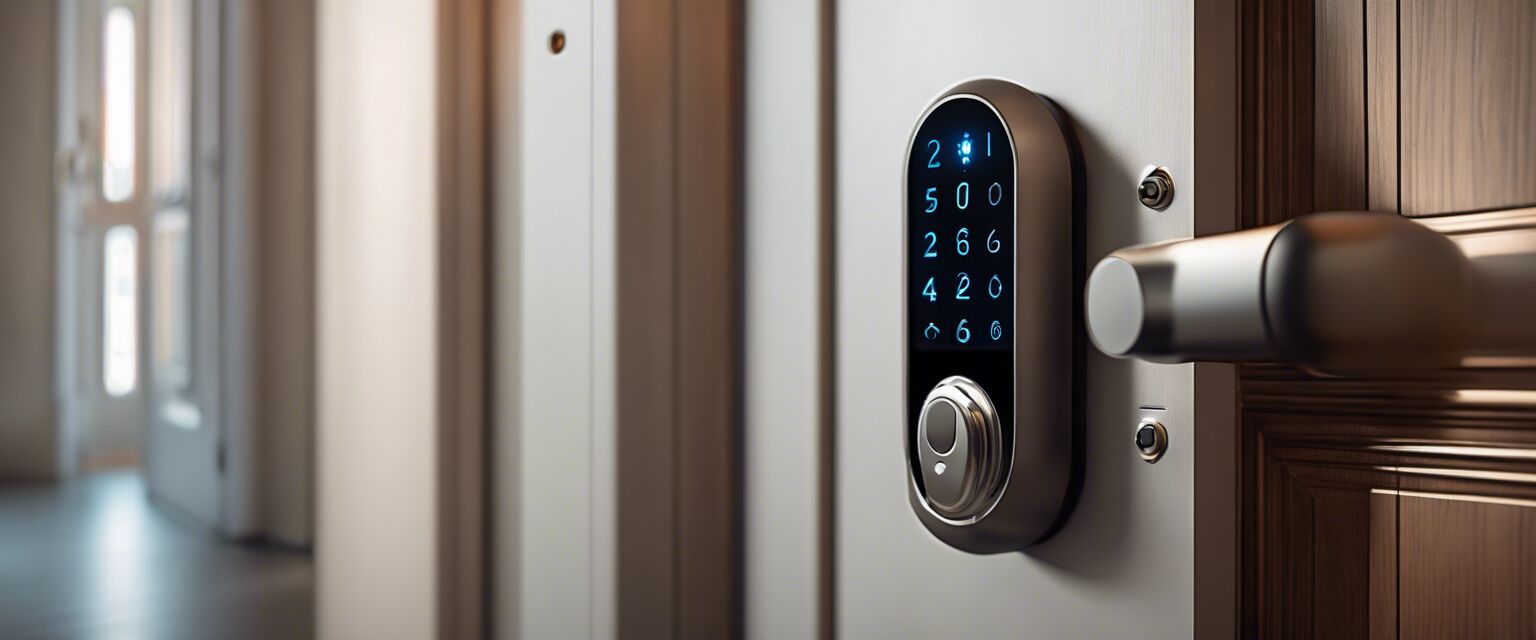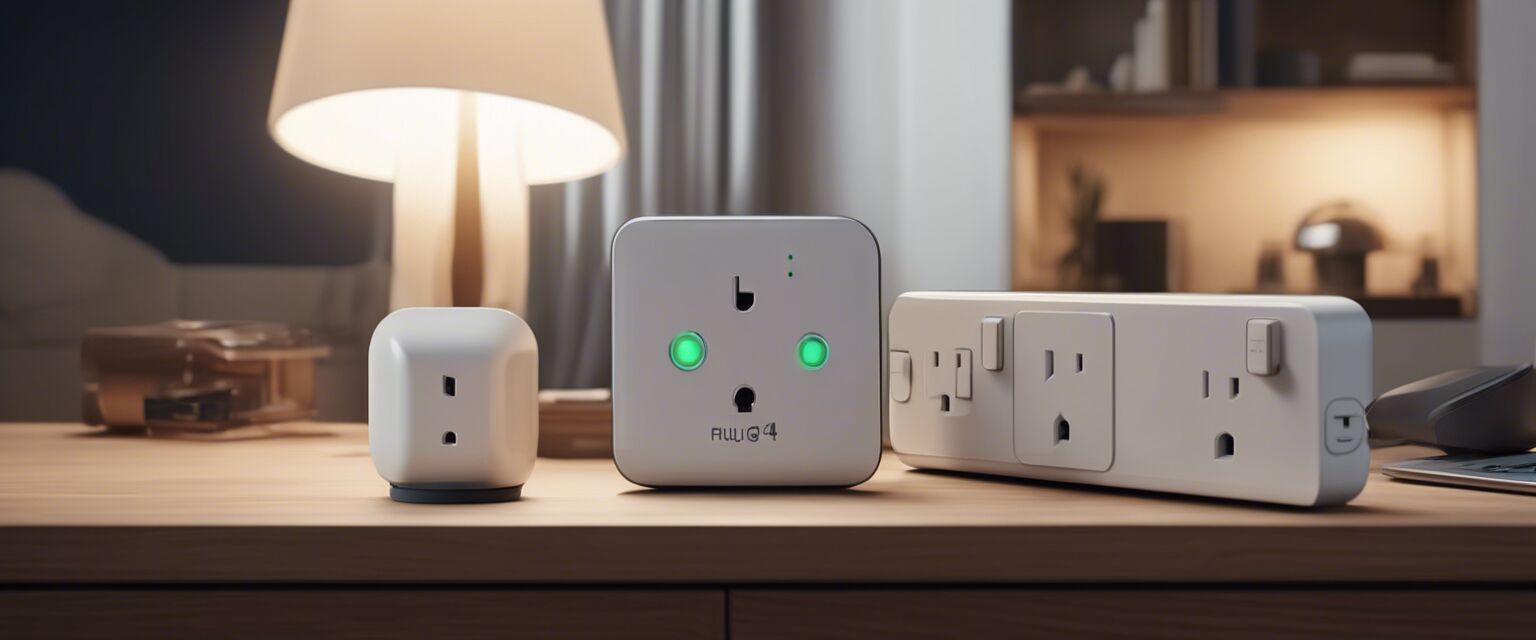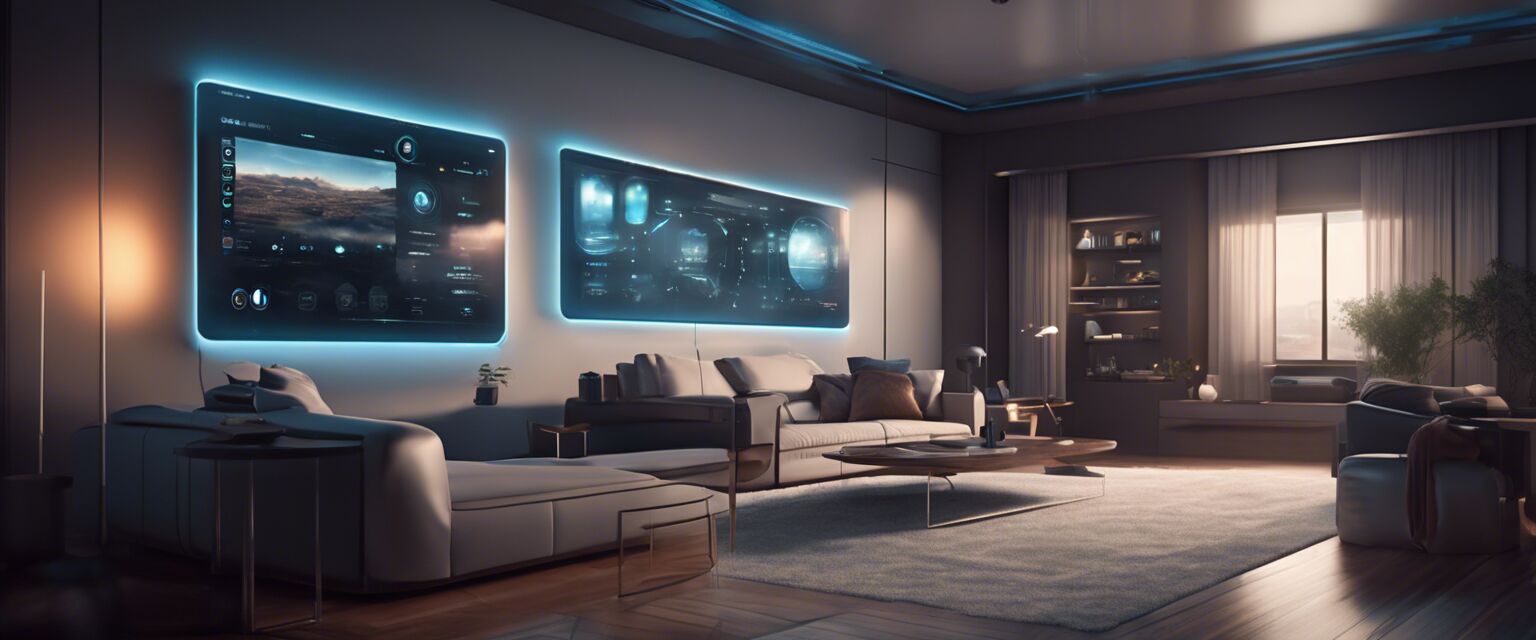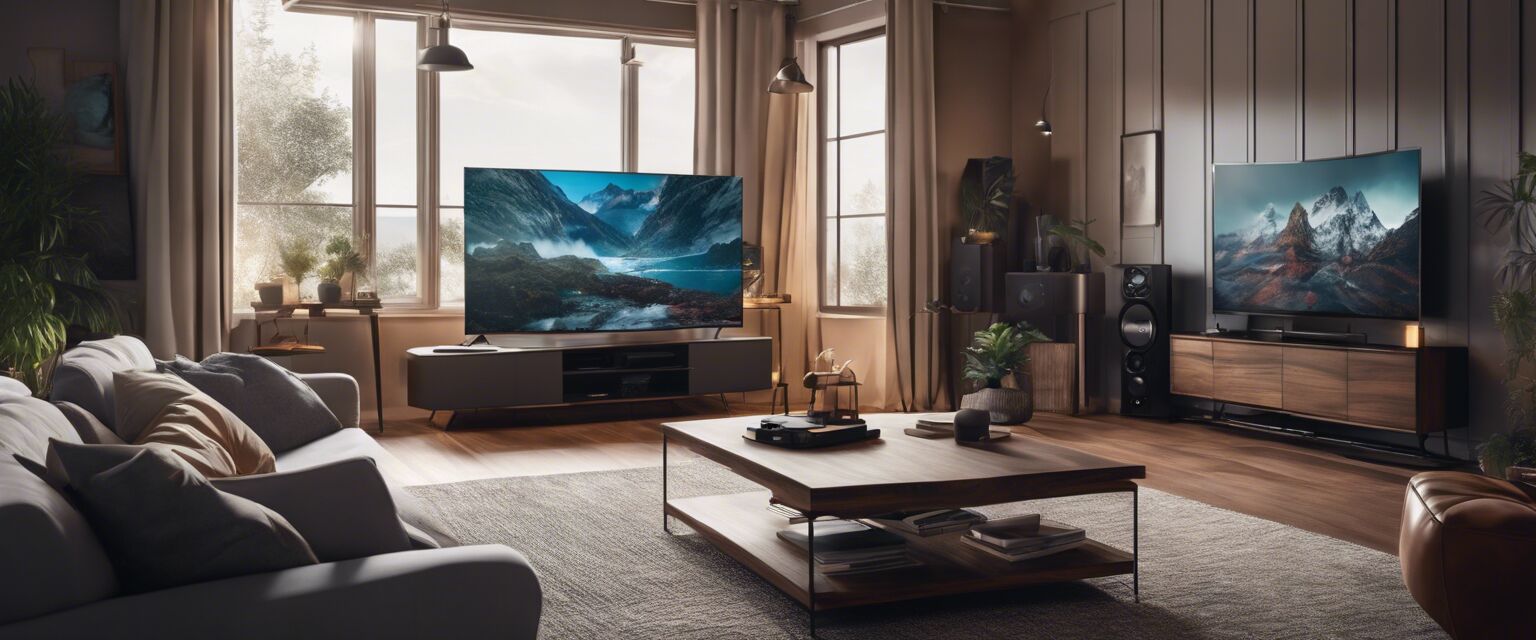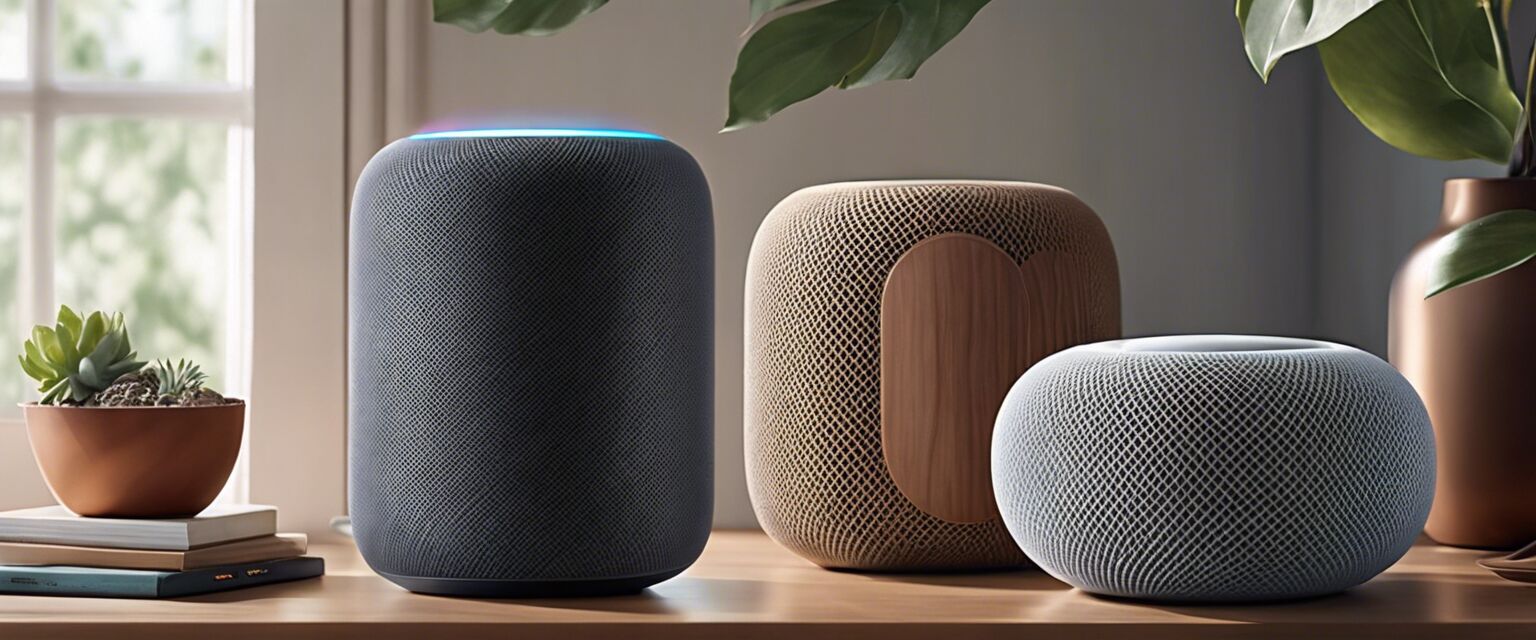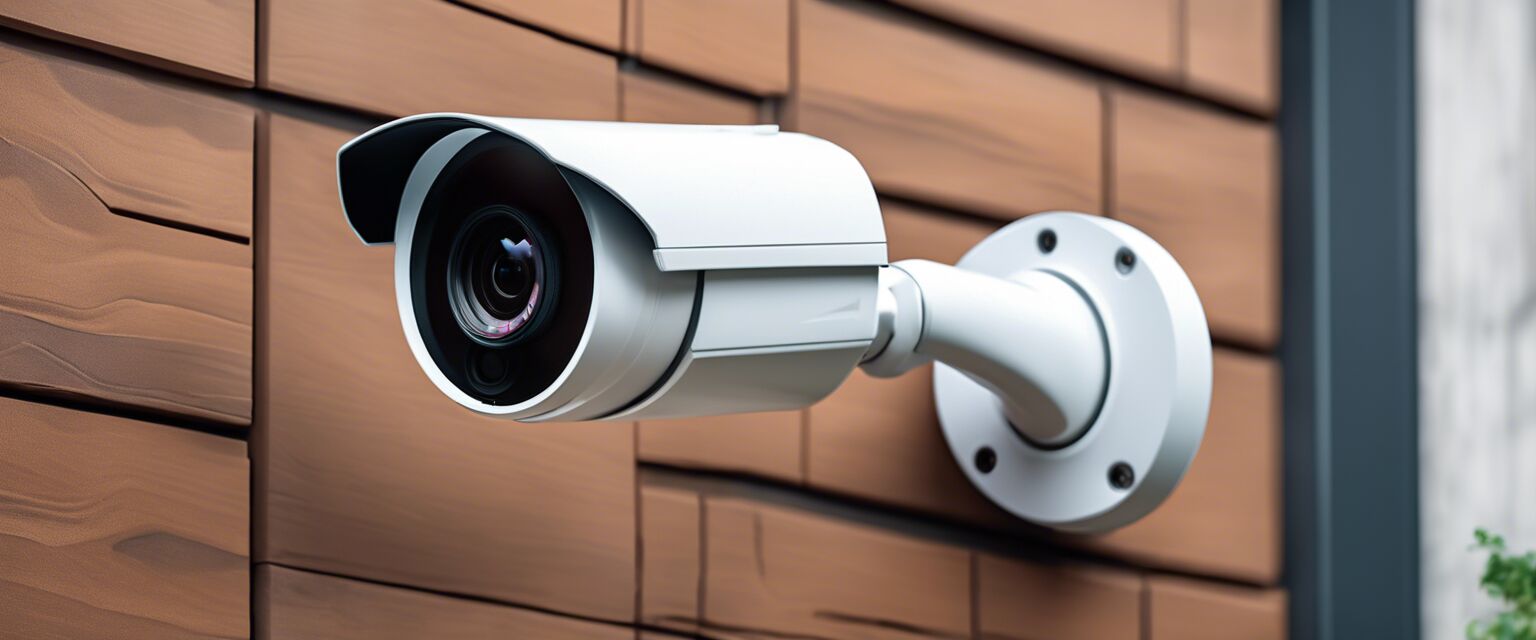
Smart Lighting: The Ultimate Guide to Brightening Up Your Home
Smart lighting is revolutionizing the way we illuminate our homes, making it easier to control, customize, and optimize our lighting systems. In this guide, we'll delve into the world of smart lighting, exploring the different types, installation processes, and product comparisons to help you make an informed decision.
Key Takeaways:
- Smart lighting systems can be controlled remotely and scheduled to turn on/off at specific times.
- There are three main types of smart lighting: hub-based, hub-less, and voice-controlled.
- Smart lighting can be integrated with other smart home devices for a seamless experience.
What is Smart Lighting?
Smart lighting refers to lighting systems that can be controlled, monitored, and customized using a smartphone, tablet, or voice assistant. These systems use wireless communication protocols such as Wi-Fi, Bluetooth, or Zigbee to connect to the internet and interact with other devices.
Types of Smart Lighting
| Type | Description | Pros | Cons |
|---|---|---|---|
| Hub-Based | Requires a central hub to connect and control multiple bulbs. | Easier to set up and control multiple bulbs. | Requires additional hardware and can be more expensive. |
| Hub-Less | Each bulb connects directly to the internet without a central hub. | More affordable and easier to install. | Can be more difficult to control multiple bulbs. |
| Voice-Controlled | Uses voice assistants like Alexa or Google Assistant to control lighting. | Convenient and hands-free control. | Requires a voice assistant device and may have compatibility issues. |
Installation and Setup
Installing smart lighting systems can be a DIY-friendly process, but it's essential to follow the manufacturer's instructions to ensure a smooth setup. Here are some general steps to follow:
- Choose the right smart lighting system for your needs.
- Download and install the manufacturer's app.
- Connect the hub or bulbs to your Wi-Fi network.
- Pair the bulbs with the hub or app.
- Customize your lighting scenes and schedules.

Product Comparisons
When choosing a smart lighting system, it's essential to consider factors such as compatibility, brightness, and color temperature. Here's a comparison of some popular smart lighting products:
| Product | Brightness | Color Temperature | Compatibility |
|---|---|---|---|
| Philips Hue | Up to 800 lumens | Warm white to cool white | Alexa, Google Assistant, Apple HomeKit |
| LIFX | Up to 1100 lumens | Vibrant colors and whites | Alexa, Google Assistant, Apple HomeKit |
| Belkin Wemo | Up to 800 lumens | Soft white to bright white | Alexa, Google Assistant |
Benefits of Smart Lighting
Smart lighting offers a range of benefits, including:
- Convenience: Control your lighting from anywhere using your smartphone.
- Energy Efficiency: Schedule your lights to turn off when not in use.
- Customization: Create custom lighting scenes and schedules to suit your mood.
- Integration: Integrate with other smart home devices for a seamless experience.

Conclusion
Smart lighting is a convenient, energy-efficient, and customizable way to illuminate your home. By understanding the different types of smart lighting, installation processes, and product comparisons, you can make an informed decision to brighten up your home.
Want to explore more smart home devices? Check out our guides on Smart Home Hubs, Smart Plugs, and Smart Speakers.

Pros
- Convenient and remote control
- Energy efficiency and cost savings
- Customizable and schedulable
- Integration with other smart home devices
Cons
- Higher upfront cost
- Compatibility issues with certain devices
- Dependence on internet connectivity
- Security concerns with connected devices
Beginners Section:
- Start with a single smart bulb to test the technology.
- Choose a system that integrates with your existing smart home devices.
- Read reviews and product descriptions to ensure compatibility and ease of use.

